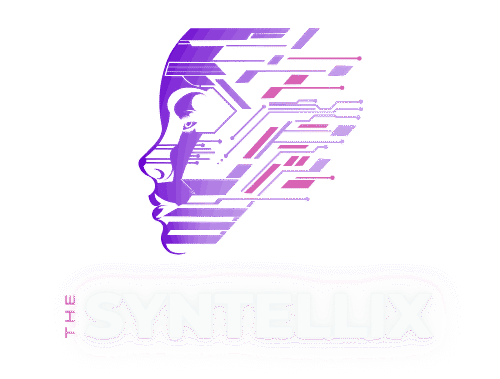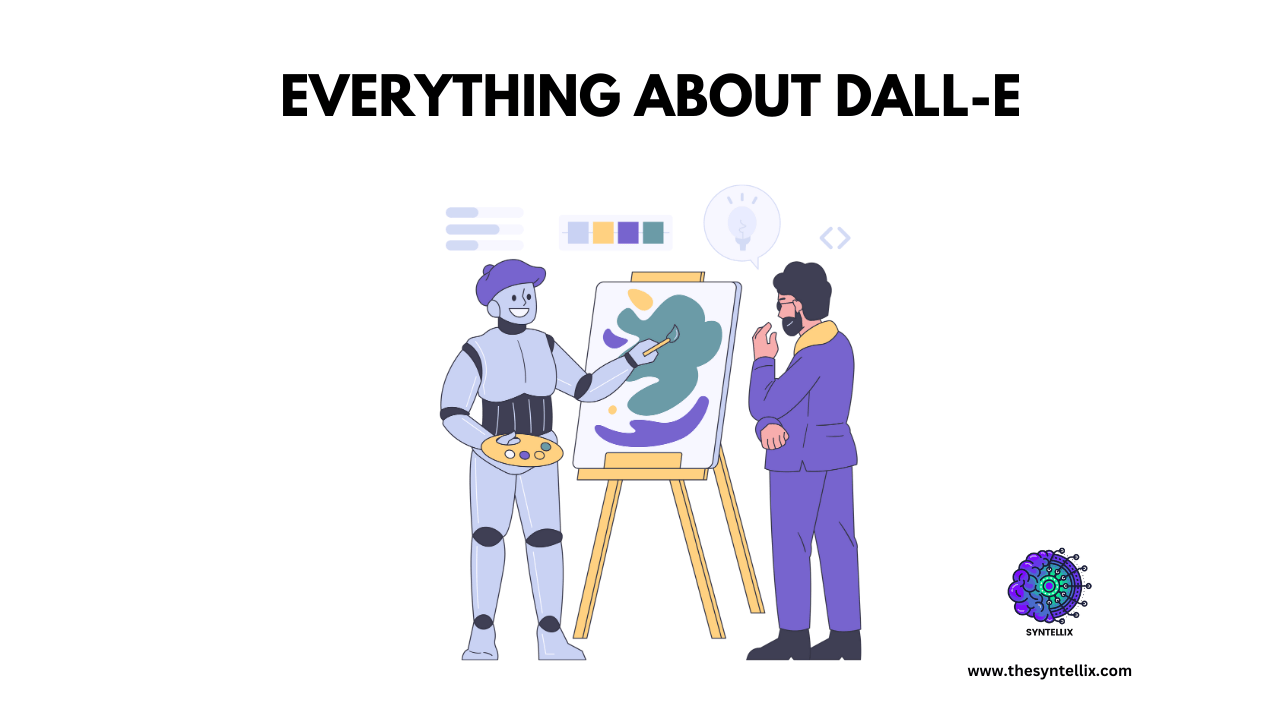I’ll never forget the first time I used DALL-E. I’ve been a professional artist and content creator for years, and I’ve seen my share of exciting new tools, but nothing prepared me for the rush of typing in a wild, random phrase and watching the AI turn it into something real and beautiful, right before my eyes.
For me, DALL-E is a mind-bending creative partner. It has completely changed how I brainstorm ideas, visualize concepts, and bring my wildest imaginings to life. It’s a new frontier, and like any new frontier, it’s thrilling and a little bit scary.
In this review, I want to walk you through my personal experience with DALL-E. I’ll share what I’ve learned about this incredible tool, how I use it in my creative process, and my honest thoughts on the challenges we all need to consider as this technology evolves.
What I Discovered DALL-E To Be
When I first heard about DALL-E, I was a bit skeptical. The idea of an AI taking my words and creating a stunning image sounded like science fiction. I’d seen other AI art generators, but they were often clunky and produced weird, surreal images. DALL-E, I quickly learned, was on a whole other level.
In simple terms, I now understand DALL-E as a type of artificial intelligence that uses a process called text-to-image generation. It’s a highly specialized tool, what experts would call “narrow AI” that is exceptionally good at one thing: creating original visuals from a text prompt.
I was also fascinated by the story behind its name. The first part, “DALL,” is a tribute to Salvador Dalí, the famous surrealist artist, which makes perfect sense once you see the kind of dream-like, imaginative images the AI can create. The second part, “E,” is a nod to WALL·E, the adorable robot from the movie. I love this little detail because it perfectly captures what DALL-E feels like: a blend of high art and approachable, friendly technology.
My Journey with DALL-E’s Evolution
I started my DALL-E journey with the first version, which was released a couple of years ago. I remember playing with it and being impressed, but the images were a bit low-resolution, and the creations sometimes felt a little… strange. It was a fun novelty, but I couldn’t imagine using it for professional work.
Then came DALL-E 2 in 2022, and that’s when everything changed. The quality was so much sharper, the images were more detailed, and the tool felt incredibly intelligent. It was a massive leap forward. Suddenly, I could not only generate a detailed image but also edit parts of it, a feature called “inpainting,” which felt like magic. I could add a new object to a photo or change the color of an element with a simple text prompt. It was a complete game-changer for my workflow.
My Creative Process: How DALL-E Works for Me
To understand DALL-E, I had to understand how it works on a basic level. I’m not a developer, so I think about it in a way that makes sense to a creative person.
1. It Understands My Words: When I type a prompt like “a futuristic city on a floating island,” I think of it as a conversation. I’m giving the AI a concept, and it’s trying to figure out what I mean. I learned that DALL-E has a “text encoder” that turns my words into a language the AI understands, kind of like translating my idea into a blueprint for a visual.
2. It Translates My Ideas into Visuals: I know that DALL-E has been trained on millions, maybe even billions, of images from the internet, all paired with text descriptions. So when I write my prompt, the AI looks through this vast library to find patterns that match my request. It’s like it’s saying, “Okay, I’ve seen a million pictures of cities, a bunch of pictures of floating islands, and now I’ll combine those ideas in a new way.”
3. It Sculpts the Image: This is the most fascinating part to me. The actual image creation process uses something called a “diffusion model.” I like to think of it like a sculptor starting with a block of raw material. The process begins with a screen full of random noise, like the static on an old TV. The AI then slowly and carefully removes that noise, adding details and refining the image step by step until the picture I asked for appears. It’s a gradual, guided process that feels like watching a masterpiece form out of thin air.
4. It Checks Its Work: This is where DALL-E really impresses me. The final image is checked by a tool called CLIP, which compares the final image with my original text prompt. If it doesn’t quite match up, DALL-E can make adjustments to get it just right. It’s like having an editor for my visual ideas, ensuring the final output is as accurate as possible.
My Favorite Applications and Use Cases Of Dall-E
Over time, I’ve found DALL-E to be an invaluable tool for so many aspects of my work. Here are eight use cases for DALL-E with the exact prompts I’ve used or would use myself:
Creative Brainstorming for a Blog Post: Sometimes I need a visual idea to get my writing started. A single image can spark an entire article.
Prompt: “A person standing at a fork in a winding road, looking at a digital sign that shows two very different paths. One path is a vibrant, futuristic cityscape at night, and the other is a tranquil, misty forest at sunrise. Digital art, cinematic lighting.”
Here is the output of this prompt created by DALL-E.
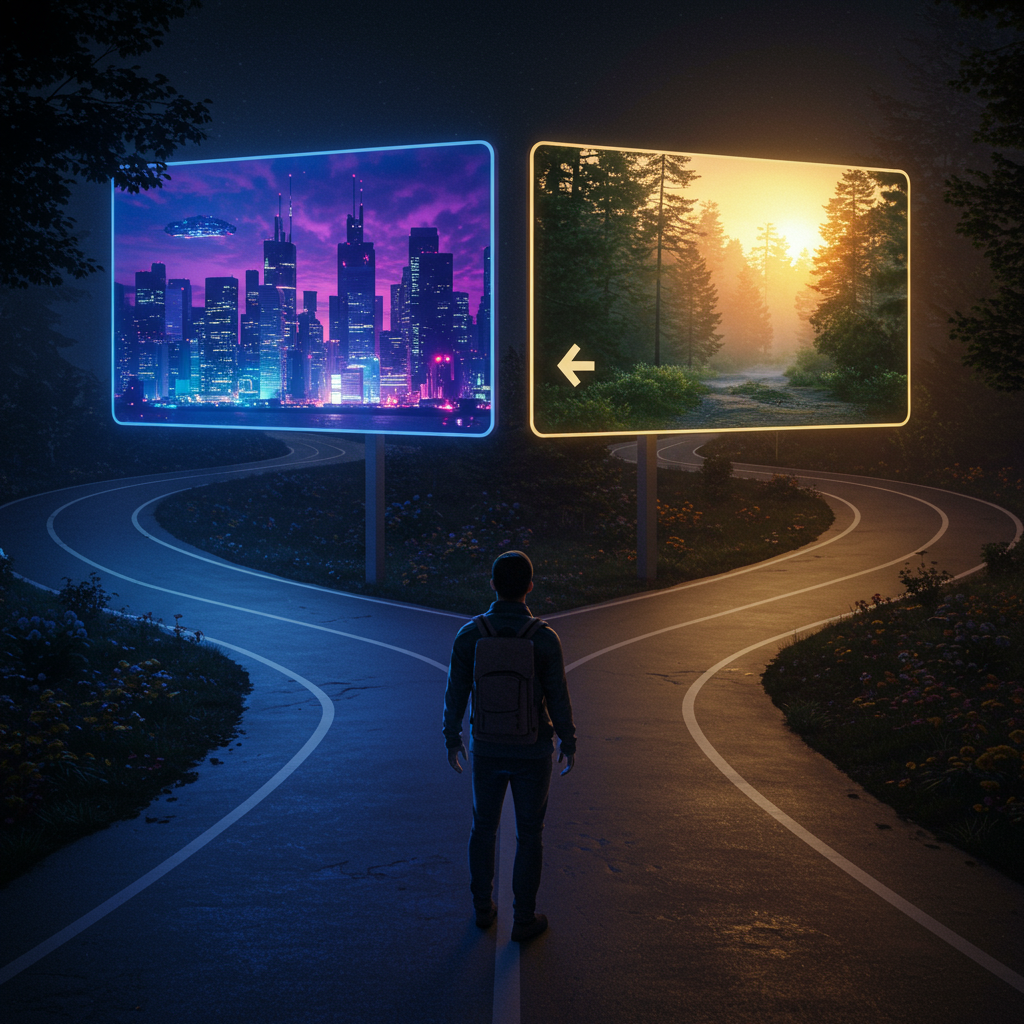
Concept Art for a Story or Game: When I’m building a fantasy world, I need to visualize creatures and settings that don’t exist. DALL-E is my go-to for concept art.
Prompt: “A noble, elderly griffin with feathers the color of a stormy sky and eyes like molten gold. It is perched on a moss-covered stone statue, looking out over a glowing, bioluminescent forest at dusk. Fantasy art style, highly detailed.”
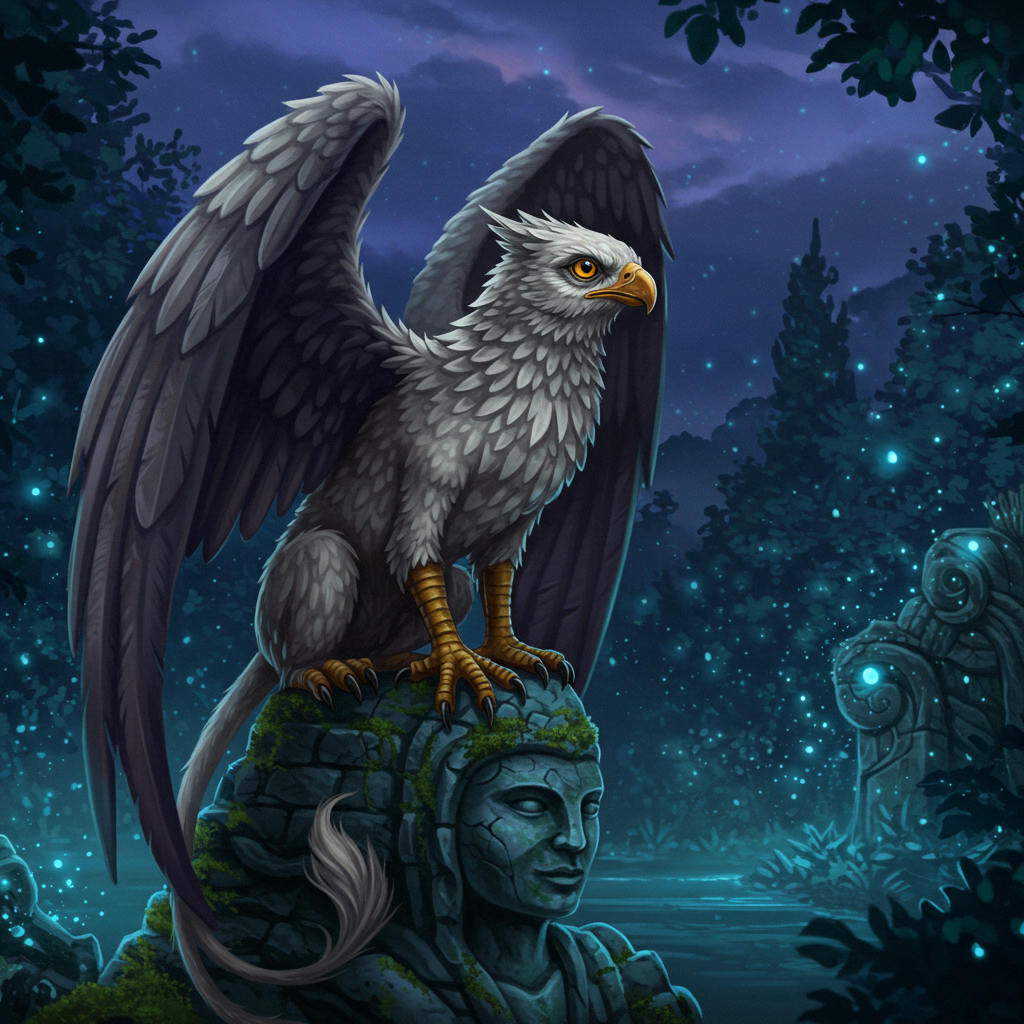
Unique Social Media Graphics: Instead of using the same old stock photos, I use DALL-E to create something fresh and tailored to my brand’s voice.
Prompt: “A vintage 1980s computer monitor displaying a pastel-colored, neon-lit mountain range with a tiny pixelated hiker on a trail. Retro synthwave aesthetic, 4K.”
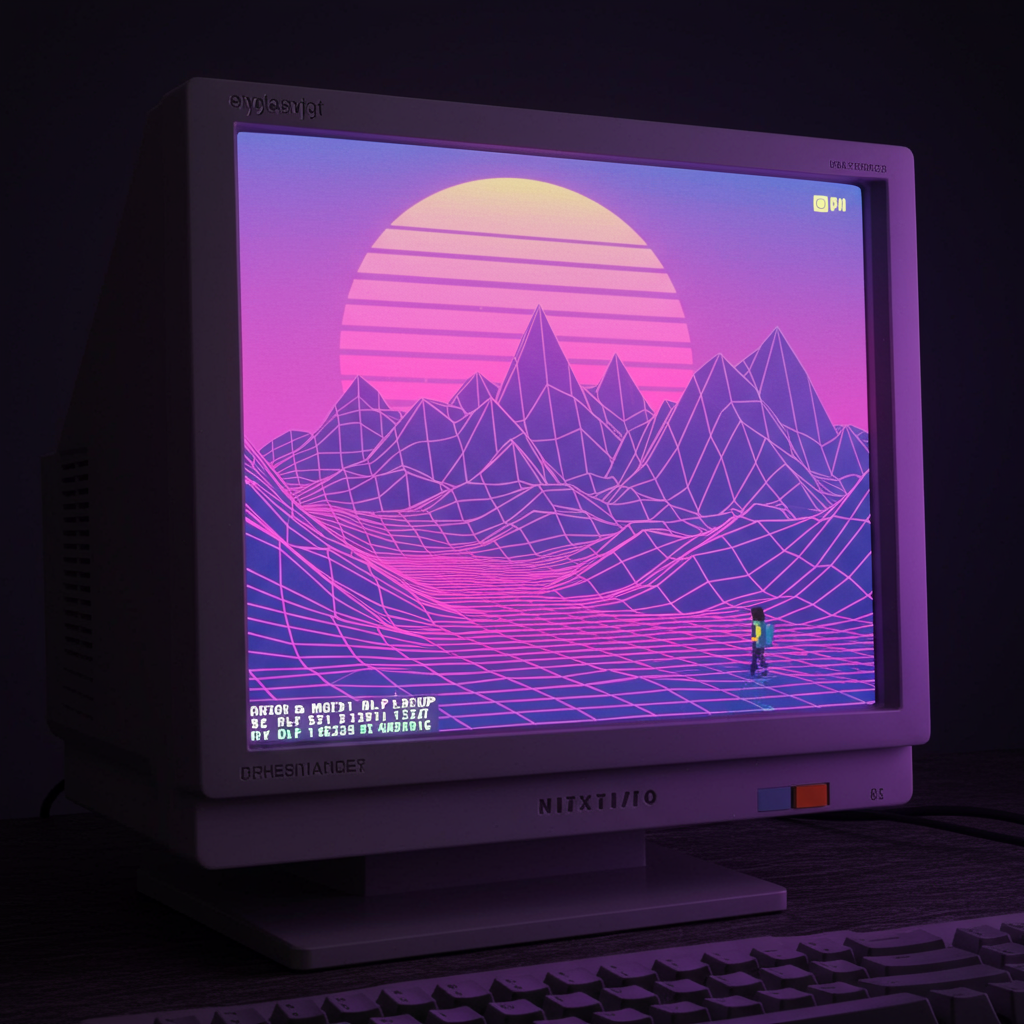
Logo or Brand Identity Mockup: I’m not a professional graphic designer, but DALL-E lets me quickly mock up ideas for a logo or a brand’s visual identity. It’s a great starting point for collaboration.
Prompt: “A simple, minimalist vector logo for a coffee shop called ‘The Cozy Bean.’ The logo should feature a smiling coffee bean with a small book in its hand, set within a clean, circular design. The colors should be warm browns and creams. No text.”
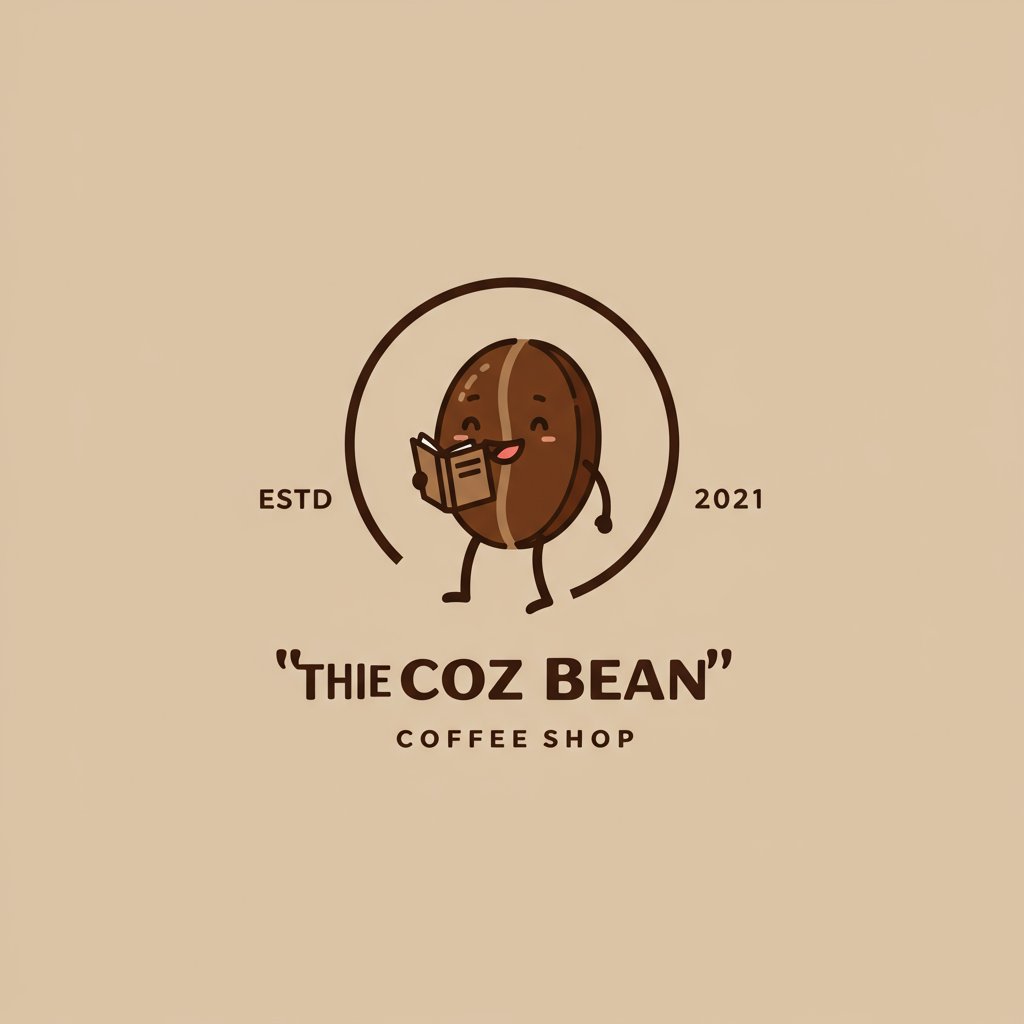
Educational Illustrations: As a content creator, I often need to explain complex ideas visually. DALL-E helps me create simple, easy-to-understand illustrations.
Prompt: “A simple, cheerful diagram showing the water cycle. Start with a cartoon sun evaporating water from a blue lake, a puffy cloud forming, and then rain falling back onto the lake. The style should be like a children’s book illustration, with clear labels for ‘Evaporation,’ ‘Condensation,’ and ‘Precipitation.'”
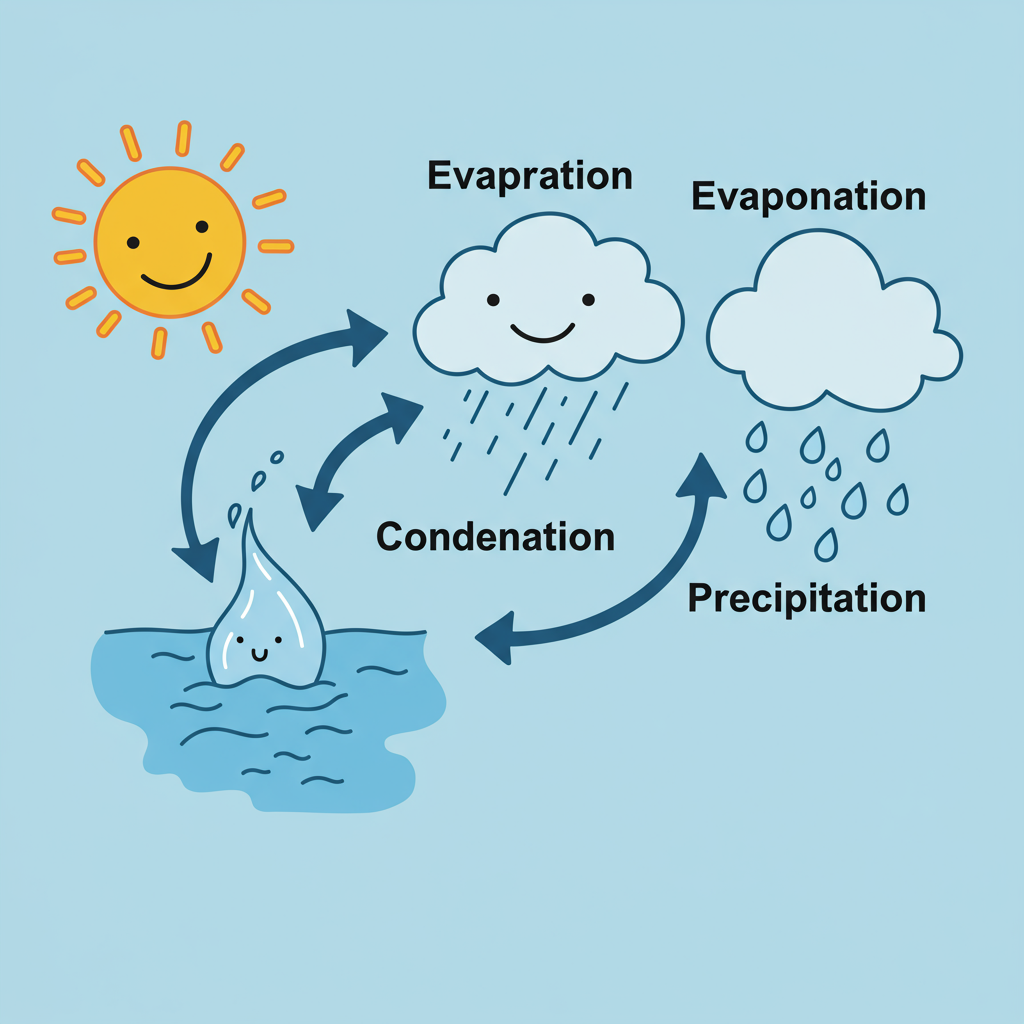
T-Shirt or Merchandise Design: I’ve played with DALL-E to design a few unique t-shirt concepts. It’s a quick way to see what an idea might look like before spending money on a real design.
Prompt: “A simple, black-and-white graphic for a t-shirt. The design features a stylized drawing of a spaceship shaped like a slice of pizza, flying through space with a trail of stars behind it. The design should be bold and clean, suitable for screen printing.”

Personalized Greeting Cards: Why buy a card when you can create a one-of-a-kind, personal one? I use DALL-E to make custom greeting cards for friends and family.
Prompt: “A whimsical watercolor painting of a teddy bear and a rabbit sitting on a park bench, holding a small birthday cake with one candle. The style is gentle and soft, with a vintage look. The background is a field of colorful wildflowers.”
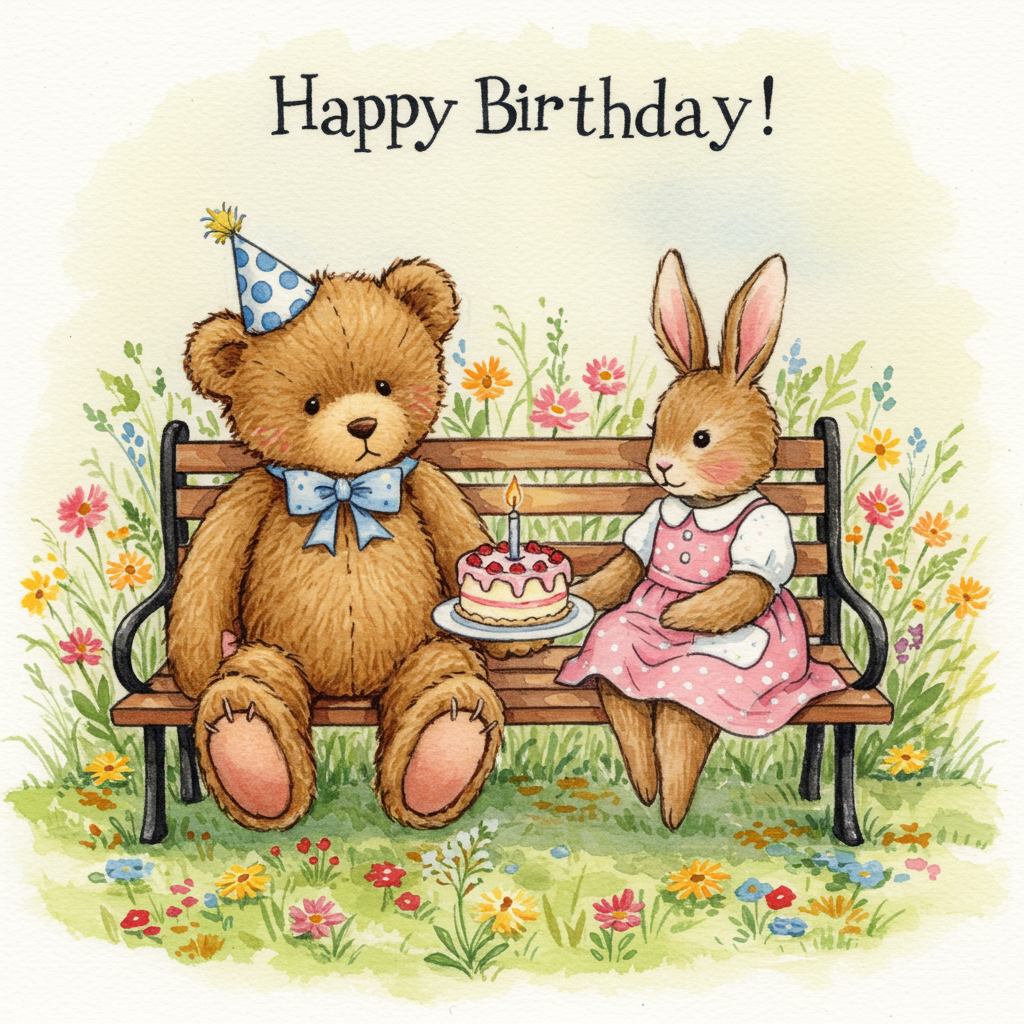
Product Visualization and Mockups: Before a product even exists, I can use DALL-E to get a sense of what it might look like in a real-world setting. This is incredibly useful for pitching ideas.
Prompt: “A photorealistic product shot of a futuristic smart water bottle sitting on a minimalist wooden desk. The bottle is made of frosted glass with a glowing base that shows the water level. The background is a clean, modern office with soft natural light coming from a window. High-resolution photo.”
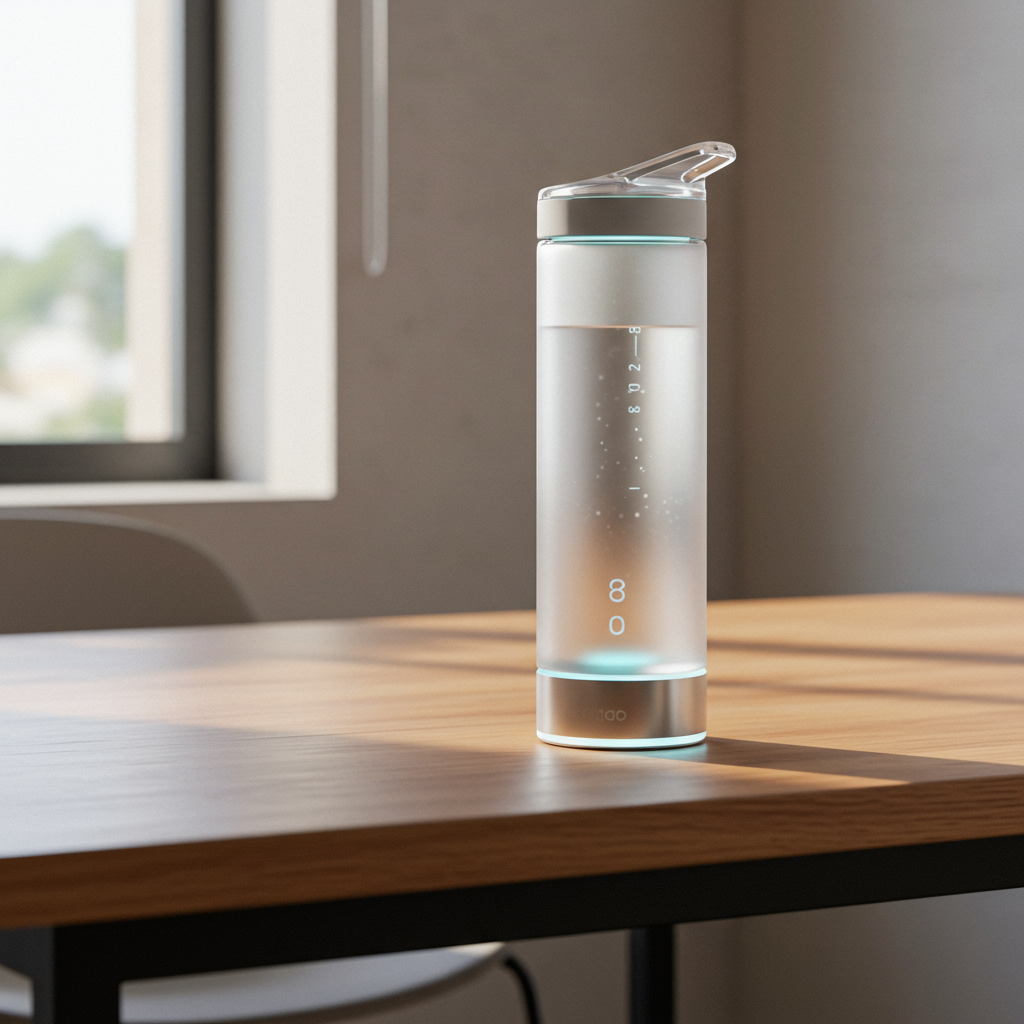
DALL-E’s Pricing
One of the first questions people ask me is about the cost. I was initially worried about it, but it’s pretty straightforward. You buy credits, and the cost depends on the quality of the image you want. I found that the standard quality images are very affordable, and you get a lot of bang for your buck.
For me, the best value is the ChatGPT Plus plan. As a heavy user of both DALL-E and GPT-4, it was a no-brainer. For a single monthly fee, I get access to both powerful tools, and it makes my creative process seamless.
Ethical Considerations: My Honest Concerns
As much as I love DALL-E, I’d be irresponsible not to talk about some of the serious ethical challenges that keep me up at night.
- Misinformation and Fake Images: The power to create a hyper-realistic image of anything you can imagine is also the power to create misleading or fake content. I’ve seen some convincing fakes that could easily be used to spread misinformation, and it has made me much more critical of every image I see online.
- Bias in Image Generation: Just like with AI language models, DALL-E’s training data can contain bias. I’ve had to be very specific in my prompts to avoid gender or racial stereotypes. I’ll type “a diverse group of scientists” or “a female CEO” to ensure the AI doesn’t fall back on tired old tropes. It’s a reminder that we, the users, have a responsibility to be thoughtful in our prompts.
- Copyright and Artist Rights: As a fellow creative, this is a topic that hits close to home. DALL-E was trained on a massive amount of data, including the work of countless real artists. This raises a huge question: should those artists be compensated? Does using a style that resembles a famous painter’s work infringe on their rights? I don’t have all the answers, but it’s a conversation that needs to be had openly and honestly.
- Job Impact: I’ve spoken to a lot of designers and illustrators who are worried about their jobs. I don’t believe DALL-E will ever fully replace human creativity. We bring ideas, emotions, and a unique perspective that an AI simply can’t replicate. Instead, I see it as a powerful new tool, much like the camera or Photoshop were in their time. The jobs won’t disappear; they will evolve.
To learn about AI Bias read my handbook: The AI Bias Handbook
My Final Thoughts On Dall-E
So, after all my time with DALL-E, is it worth it? For me, the answer is a resounding yes. It’s not a perfect tool, and it has some real and serious challenges that we all need to be aware of. But it is a revolutionary force that has completely changed how I approach my work.
DALL-E has pushed me to be more imaginative, more efficient, and more creative than I ever thought possible. It’s an incredible tool that has democratized the process of visual creation. It invites everyone, from the professional artist to the person who’s never drawn a line, to explore, imagine, and create. So, if you’re curious, I say give it a try. You might just discover a whole new world of creativity you never knew you had inside you.
Have you tried DALL-E yet? What kind of images have you created? Share your thoughts and experiences in the comments below! I’d love to hear from you.
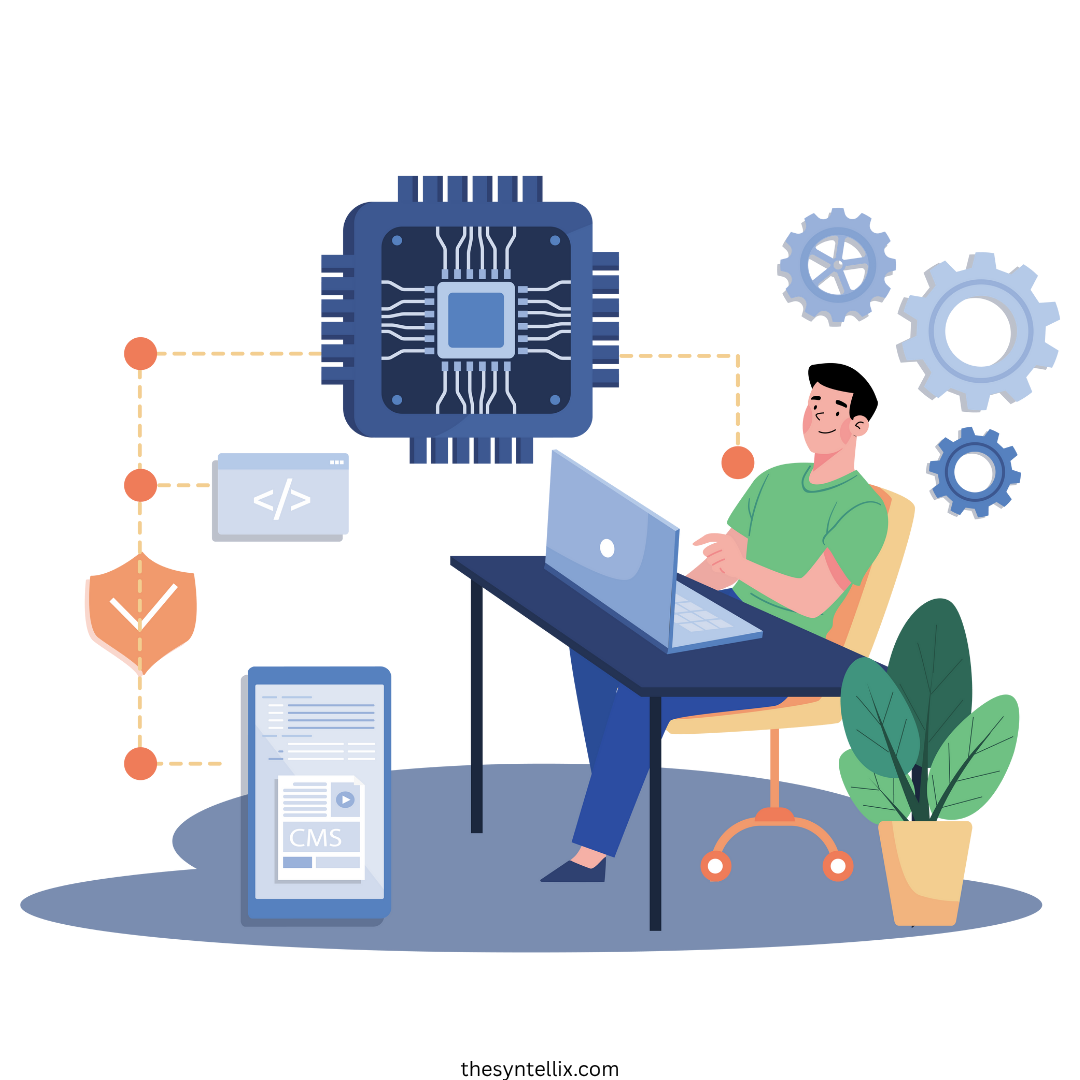
Stay ahead of the curve with the latest insights, tips, and trends in AI, technology, and innovation.
